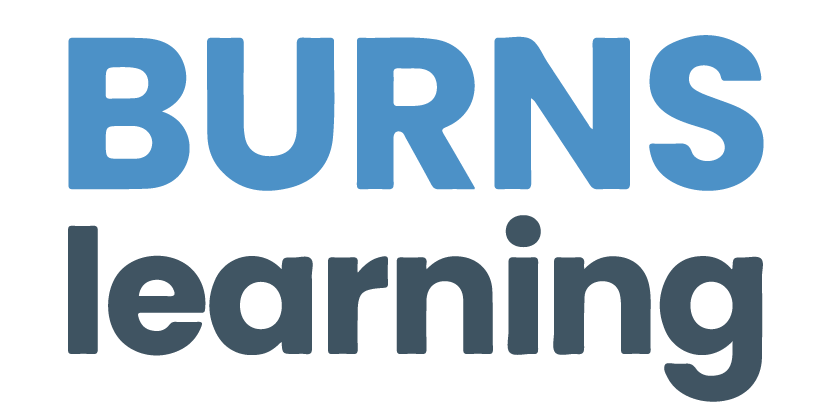- Businesses that develop a learning culture have more power to influence consumers
- Learning cultures create more cohesive teams
- Superlative communication is at the core of all growth-minded and high-performing teams
Businesses that create, promote and maintain a learning culture will be the businesses that survive and hopefully, keep us from becoming an idiocracy. But additionally, a learning culture carefully fosters and employs the right communication to connect with those whose loyalty they seek.
For individuals and businesses, learning is a long term investment, not a get rich quick move. It allows for capital to be built overtime and this capital outperforms any speed-focused, get rich today, hack mentality. But my interest is not necessarily on the profit side of an organization. That’s an outcome of many other variables, influenced and informed by the learning process. My focus is on the communication skills that encourage learning. Communication skills are at the core of the learning process and are also what enhance a team’s relationships and problem solving capabilities.
Engaging in the learning process both personally and professionally improves our relationships. Simply put, we are built to learn about other people. When we learn about others, we figure out how to motivate and influence them, live with and among them and derive the most value from our relationships. This is why in order to create a learning culture, you have to think about how you communicate with your people. You can’t hack relationships, though people do seem to be trying.
Think of it like this, just being part of a team requires learning. To be successful, a team has to learn about the task but they also have to learn about each other and build relationships. They do that through communication. It’s easy to forget that we engage the learning process in ways beyond creating and using the newest software, invention, gadget, gizmo, widget, or whatever product someone is coming up with right now. We are in fact built to learn deeply about virtually anything and anyone and we should never forget that.
I want you to take a moment to think about the last time you really took a deep dive into a topic of interest. You wanted to consume everything you could about that topic, leaving your synapses firing in all directions and you probably felt very alive. Why? Learning is a wonderful reminder of what it means to be human. When you learn you use everything you have to consume the information and knowledge that will make you an expert, while engaging your imagination. Think about the pride you felt when you spent hours problem solving to get something to work or click and then, finally, it does?
Think about how valuable all those mistakes and barriers were that you had to work through? That continuous piloting, trying, stumbling and pivoting gave you depth and understanding about the topic or person. Our brains were created to learn and that’s how our species has been able to survive and thrive. Unfortunately, the thriving seems to be slowing down. All of us can reawaken our need to learn, and we should. Good leaders understand how valuable this is and help their teams do that. Good leaders encourage risk and embrace mistakes. They see the value of the learning process, not just the outcome.
As an academic and communication expert, I’m often asked how I encourage learning and how I am trying to break the hack mentality. There are many ways to do this, but the first step is to focus on incentivising learning. Though it might feel strange encouraging your employees to focus on something unrelated to their job duties, we know that when we give our minds a break from the normal and mundane, that’s when creativity reveals itself. You start to see your problem, topic, issue, relationships, thoughts or challenge from different vantage points when you’re exposed to new ideas or have the time to dive deeply into learning about them. The key here is time. When we’re rushed, we create half-assed solutions that are just a bandaid on a much bigger illness.
So what can a leader do to promote learning?
Provide time and the resources needed for your employees to take a break and really learn. Examine your processes and ask how you can find a way to balance efficiency while still giving time and space for learning. Think about how you onboard people, how you talk to them about what learning looks like, and tell them the best ways to learn in your organization.
What does this look like? Several times a year, you can host and engage in meaningful professional development opportunities. Create teams that are interdisciplinary to increase diversity in idea generation and problem solving. Encourage your team to take the time to do research and analysis, which may mean adjusting your deadlines. Encourage debate because it will reveal holes in your solutions and ideas that would otherwise remain uncommunicated. Debate is an amazing learning tool. This is what creating a learning culture looks like and how it can be created even when we think there’s no time.
Organizations with learning cultures engage in more effective and meaningful communication, which produces creative solutions. Companies who invest in learning invest in their people and their longevity. Learning translates into stability.
